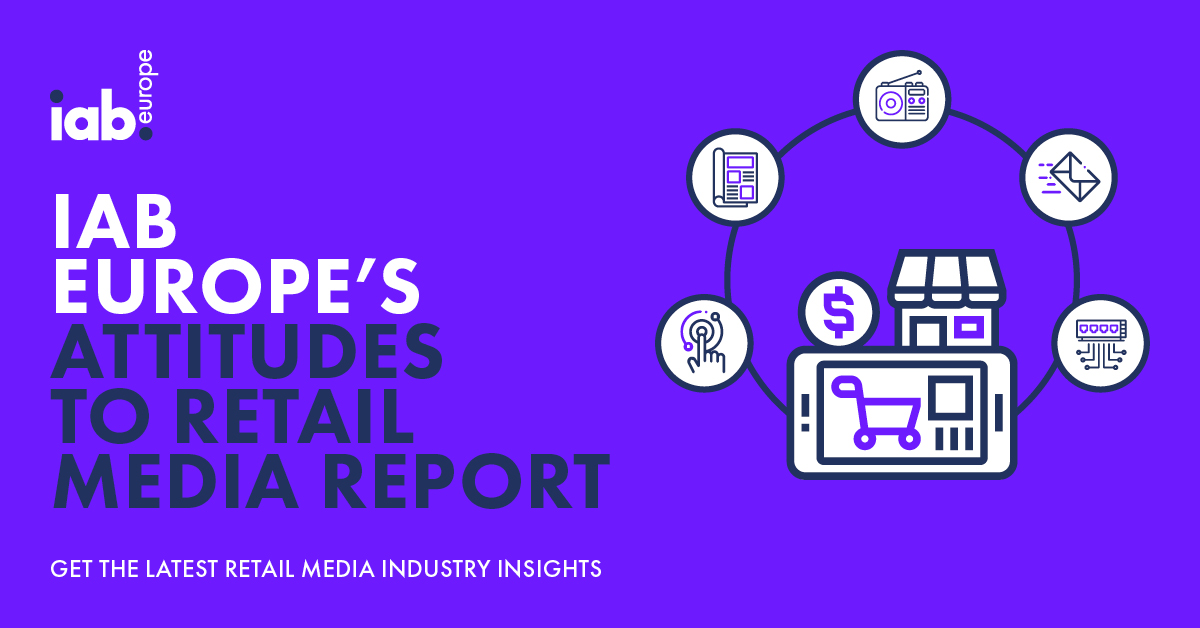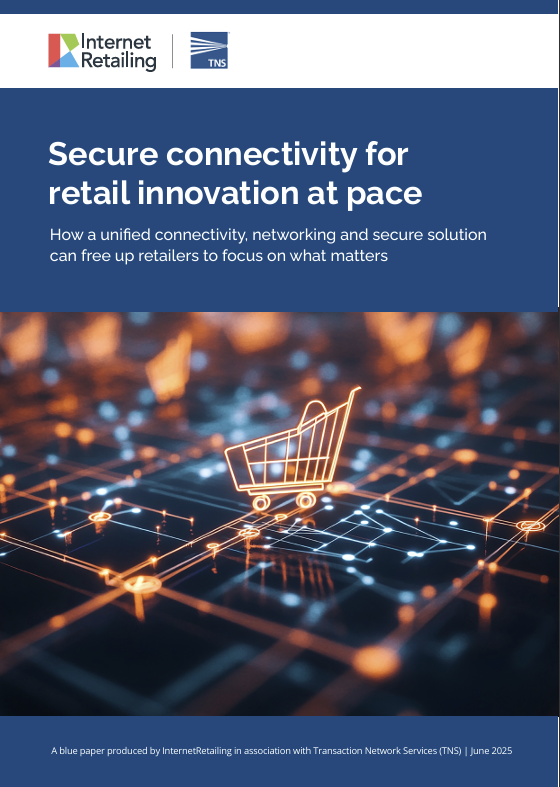Social media is a much more effective way of gaining customers’ trust than advertising, according to a new report from customer engagement technology company Alterian.
The report, Your Brand: At Risk or Ready for Growth by Professor Michael Hulme of Lancaster University, found that 31% of UK consumers believed that companies using social media to engage with customers were “genuinely interested” in them. That rose to 35% in the US.
But at the same time only 4% of UK consumers (6% US) trusted advertising and only 9% in the UK (6% US) believed ‘what the company says about itself’.
However, the report found that many organizations had yet to grasp the importance of social media for them. Some 58% of respondents to the research thought the lack of a social media strategy was due to the absence of board support.
In the report, Professor Hulme said: “Organisations need to recognise they are not merely responding to a new media form, social media, rather, they are responding to a permanent and far reaching social change, of which social media is merely one manifestation.”
David Eldridge, chief executive of Alterian, said: “The report highlights that the majority of marketers are simply not hitting the right note with their target audience. Consumer trust is at an all-time low. What we are witnessing is an era of individualisation. It is no longer adequate to adopt a strategy of mass broadcast and one-way conversations. Brands should be trying to understand communities rather than focusing on siloed communication channels.”








